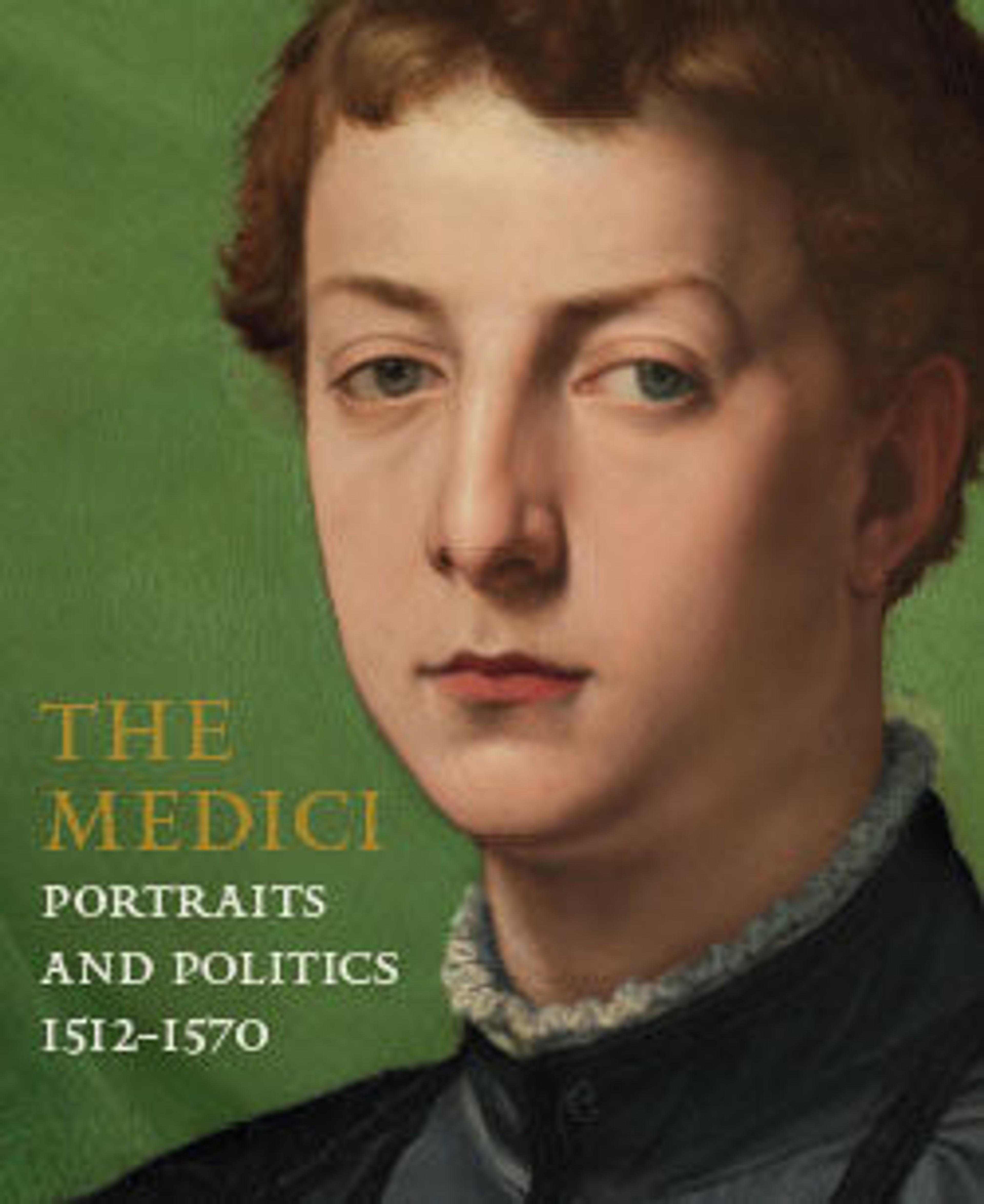Carlo Rimbotti (1518–1591)
Salviati and Rimbotti, a doctor, belonged to the same literary academy; this is likely an informal portrait made for his friend. The even, crystalline surface comes from the thin, transparent layers of paint built up on the wood panel, which is exceptionally well preserved. Inscriptions and wax seals of the Rimbotti family, visible on the back of the panel, help trace the painting’s location for nearly five hundred years.
Artwork Details
- Title:Carlo Rimbotti (1518–1591)
- Artist:Francesco Salviati (Francesco de' Rossi) (Italian, Florence 1510–1563 Rome)
- Date:1548
- Medium:Oil on wood
- Dimensions:20 3/4 × 16 3/8 in. (52.5 × 41.5 cm)
- Classification:Paintings
- Credit Line:Purchase, Walter and Leonore Annenberg Acquisitions Endowment Fund, Alejandro Santo Domingo, Ronald S. Lauder, and The Morris and Alma Schapiro Fund Gifts, and Beatrice Stern, Annette de la Renta, Brownstein Family Foundation, and David and Julie Tobey Gifts, 2017
- Object Number:2017.401
- Curatorial Department: European Paintings
More Artwork
Research Resources
The Met provides unparalleled resources for research and welcomes an international community of students and scholars. The Met's Open Access API is where creators and researchers can connect to the The Met collection. Open Access data and public domain images are available for unrestricted commercial and noncommercial use without permission or fee.
To request images under copyright and other restrictions, please use this Image Request form.
Feedback
We continue to research and examine historical and cultural context for objects in The Met collection. If you have comments or questions about this object record, please contact us using the form below. The Museum looks forward to receiving your comments.
